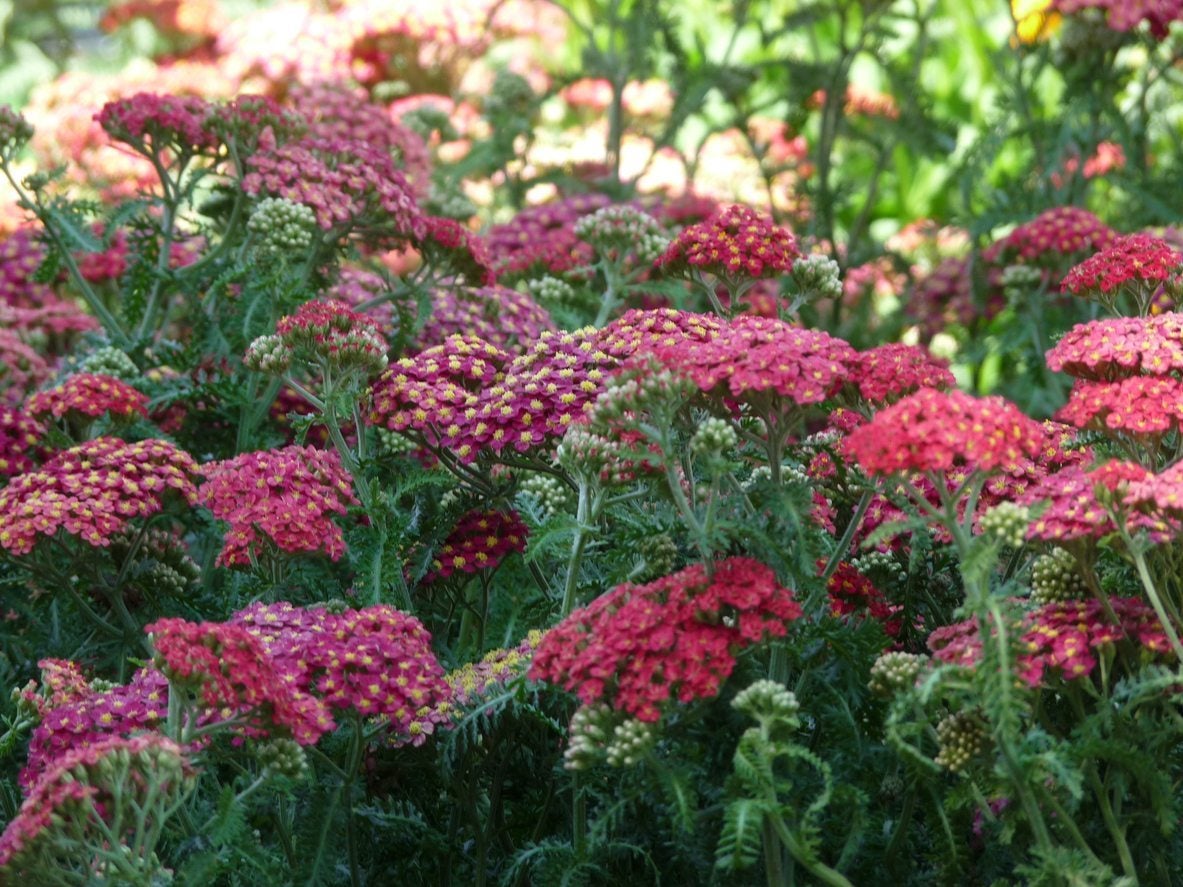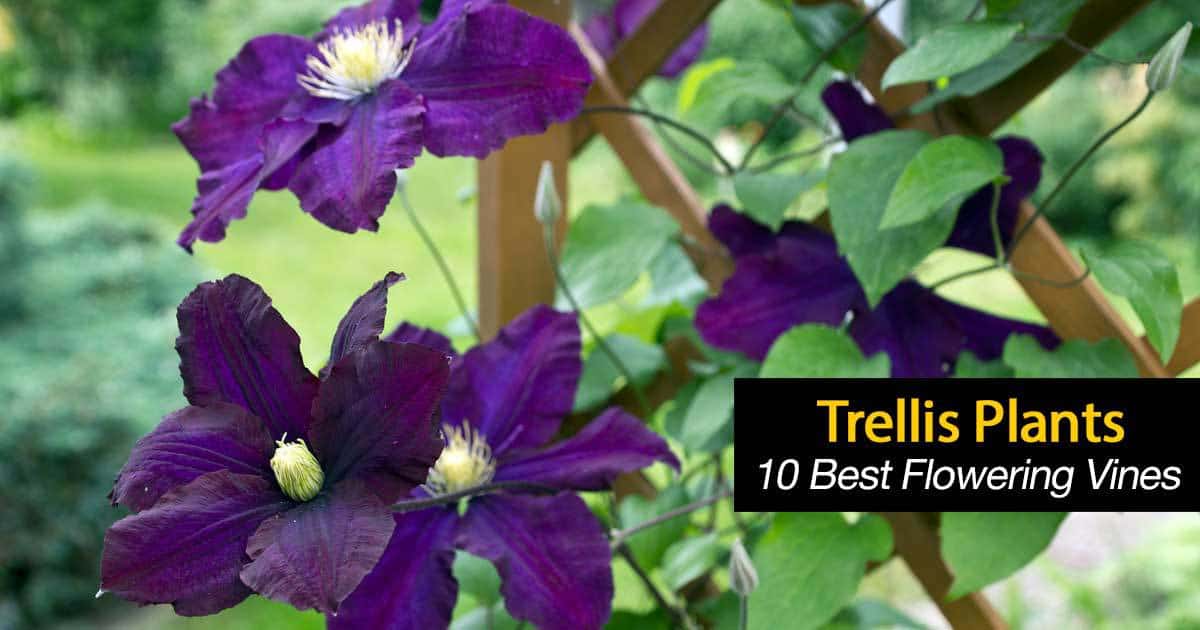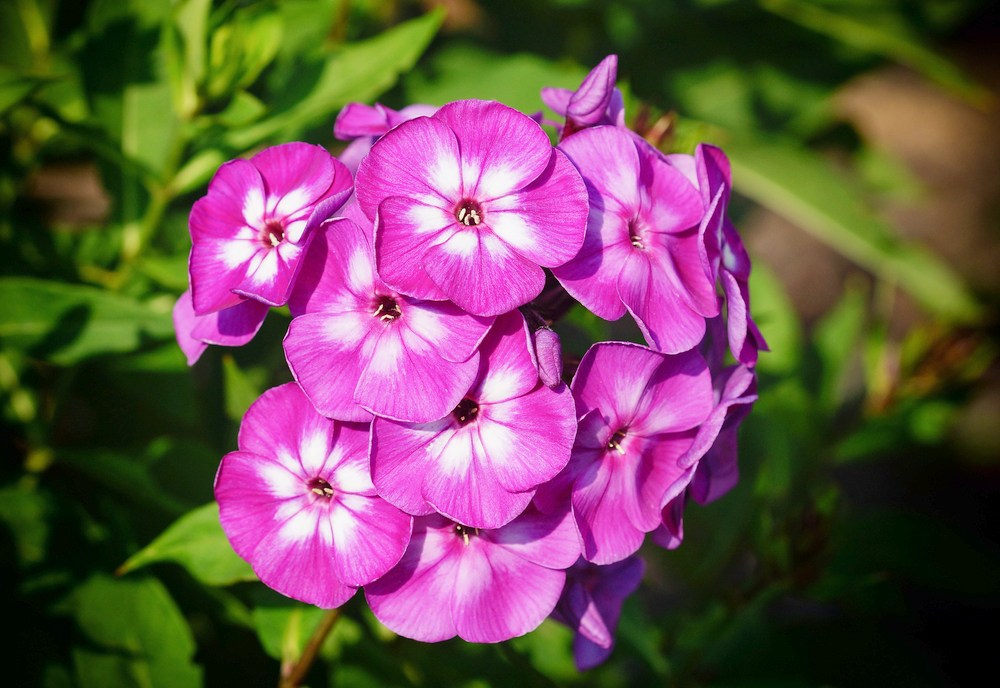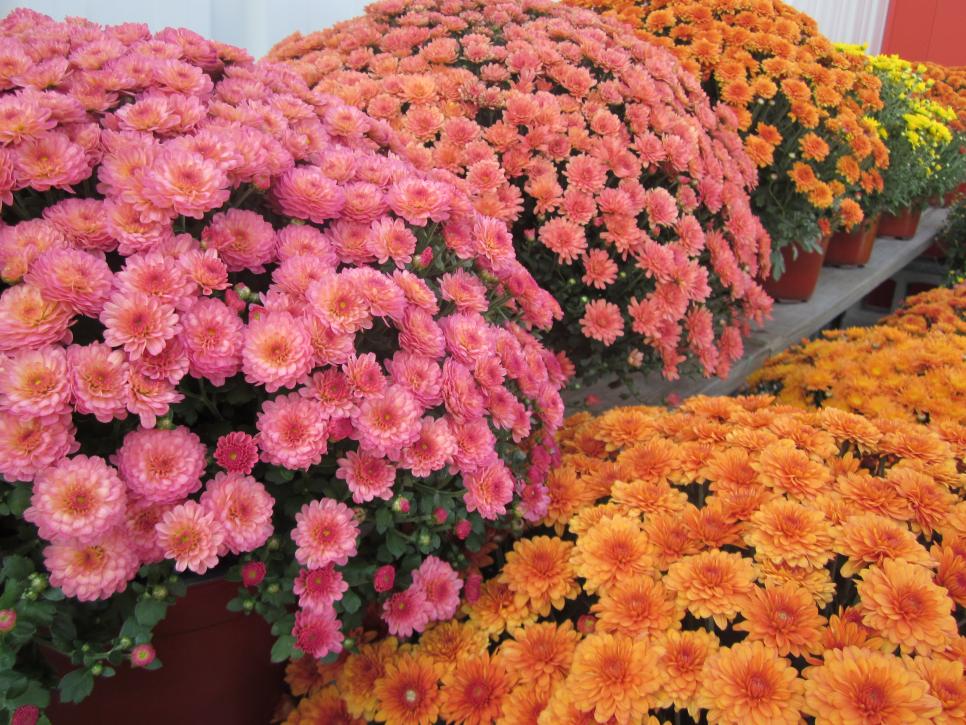Toad lilies are known for their very unique flowers. Flowers are pale lilac with dark purple spots that appear on upright arching stems in late summer to early fall, when many other plants are beginning to wind down. The flowers are small, so place toad lily in a spot where they can be appreciated up close.
The plant grows 2 to 3 feet high and about 2 feet wide, with bright green leaves. They are excellent for the woodland garden where they will be protected by shade. Toad lily is easy to grow, resistant to deer, somewhat drought tolerant, but grows best in moist soils, even tolerating wet conditions. Several cultivars with varying flower colors are available. Flowers are pale lilac with dark purple spots that appear on upright arching stems late summer to early fall when many other plants are beginning to wind down. Though flowers are quite unique, they are small so place toad lily in a spot where the flowers can be appreciated up close.
The plant grows 2' to 3' high and about 2' wide with bright green leaves. They are excellent for the woodland garden as understory plants where they will be protected by shade. Toad lily is easy to grow, resistant to deer, somewhat drought tolerant, but grow best in moist soils and will even tolerate wet conditions.
Indian pink, also called pinkroot and woodland pinkroot, is a native species to the southeastern U.S. Indian pink is an upright, multi-stemmed clump-forming perennial that is 1 to 2 feet tall and 1 ½ feet wide with bright, glossy green leaves. Numerous flowers appear in late spring/early summer and are tubular, deep red with a contrasting yellow throat that flares at the tip to form five-pointed lobes . Indian pink grows in part shade to full shade in moist soils, but does really well in full sun and is quite drought tolerant once established. Use Indian pink in a woodland garden, perennial border, rain garden or native garden. Hummingbirds and butterflies are attracted to the beautiful, tubular flowers.
Switchgrass is native throughout North America and is a dominant species of the tallgrass prairies. It doesn't mind most soils and actually grows well in wet and dry locations. Full sun is the best exposure for switchgrass, but it will grow in part shade; too much shade or rich soils may result in floppy plants.
Switchgrass is a warm-season perennial, growing largely as a bunchgrass 3 to 6 feet tall, but may spread by rhizomes or self-seeding. Flower panicles are open, lacy sprays, with a purplish tint that persist into the winter. Once established, switchgrass is very drought tolerant.
It is grown as an accent, in groups or masses and can be effective as a screen. It also works well in native plant gardens, wild gardens, meadows, naturalized areas, as well as rain, water, and bog gardens. It does not mind most soils and actually grows well in wet and dry locations.
Flower panicles are open, lacy sprays, with a purplish tint that persists into the winter. It also works well in native plant gardens, wild gardens, meadows, naturalized areas, as well as rain, water and bog gardens. Phlox Volcano®is more compact, fragrant and powdery mildew tolerant than other garden phlox types. Flower colors range from red, pink, ruby, white, lavender and purple; flowers may also have eyes of pink, red or white. Full sun is the best exposure for Volcano®phlox, but it will grow in part shade. Too much shade and poor air circulation increases chances of mildew developing, though it does not seem to inhibit flowering.
It also works well in native plant gardens, wild gardens, meadows, naturalized areas, perennial borders and cottage style gardens. Butterflies and hummingbirds are attracted to the colorful, fragrant flowers. Indian pink, also called woodland pinkroot and pinkroot, is a native species to the Southeastern U.S. It is an excellent plant for shady gardens. Indian pink is an upright, multi-stemmed clump forming perennial 1-2 feet tall and 1 ½ feet wide with bright, glossy green leaves. Numerous flowers appear in late spring/early summer and are tubular, deep red with a contrasting yellow throat that flares at the tip to form five pointed lobes .
Indian Pink grows in part shade to full shade in moist soils, but does really well in full sun and is quite drought tolerant once established. Several new, compact forms of glossy abelia are becoming very popular. 'Kaleidoscope' grows 2 to 3 feet high and slightly wider.
In spring, leaves appear on bright red stems with lime green centers and bright yellow edges, but variegation does not scorch or burn in hot weather. In fall, color deepens to shades of orange and fiery red. 'Little Richard' is a 3-foot by 3-foot evergreen, with vivid green leaves in summer, taking on a tangerine-pink color in fall.
'Rose Creek' grows 2 to 3 feet high and 3 to 4 feet wide; it is evergreen with crimson stems. New leaves have a pinkish cast, maturing to lustrous dark green and turn purple in cold weather. Use abelias in containers, as formal or informal hedges, accent plants, in mass plantings or in foundation plantings under windows. Abelias also attract hummingbirds and butterflies to the garden.
Phlox Volcano® is more compact, fragrant, and powdery mildew tolerant than other garden phlox types. Flower colors range from red, pink, ruby, white, lavender, and purple; flowers may also have eyes of pink, red, or white or are bicolored such as with Lilac Splash. It doesn't mind most soils, but needs well drained soil; irrigate with soaker or drip irrigation to keep foliage dry. It also works well in native plant gardens, wild gardens, meadows, naturalized areas, perennial borders, and cottage style gardens. Koreanspice viburnum is a small- to medium-sized shrub, offering year round interest.
In summer, the leaves are dark green and fall color can be wine-red. Flower buds are pink to red, opening to white or pink in spring and emit a wonderful fragrance. In late summer, clusters of red fruit that fade to black invite birds to the garden. Once the shrub has become established, it is quite heat and drought tolerant.
Though it prefers moist, slightly acidic soils, and sun to part shade, it is tolerant of high pH soils and wind-swept conditions. Blue Muffin®viburnum is a small, compact version of the native arrowwood viburnum that grows about 3 to 5 feet high and just as wide. Blue Muffin®prefers moist, well-drained soils, but is adaptable to a wide range of other soils.
Established plants are somewhat drought tolerant, have no serious pest problems and require very little maintenance, making them excellent for the urban landscape. Grow Blue Muffin®as a specimen, in groupings, in shrub borders, as a foundation planting or as a hedge. Perennial Hibiscus,such as ourSummerific® series, is another class that will add color to the summer and fall garden. They actually start to bloom in mid-summer, but will continue to bloom deep into fall - October up in Michigan. The color range is pink, white, lavender and red, with some gorgeous bicolors. The plants are quite heat tolerant and prefer consistently moist soil.
In general, they are hardy in zones 4-9 and are quite large feet tall and wide. However, more compact versions such as Summerific® 'Cranberry Crush,' which is 3-4 feet tall, do exist. Firecracker flower is native to India and Sri Lanka, where it is a tropical evergreen subshrub that grows 1 to 3 feet tall. Flowers are apricot to salmon pink in color and form in terminal racemes. Plants bloom throughout the summer and attract pollinators. 'Orange Marmalade' has long-lasting blooms on a plant that thrives with heat and humidity.
Large clusters of frilly, bright orange flowers shine against the glossy green foliage. Firecracker flower prefers light, organically rich, medium moisture, well-drained soils in full sun or part shade, but will tolerate a bright full shade area. Plants thrive in warm, humid weather and have no serious insect or disease problems. Firecracker flower is beautiful in beds, borders, containers or as a houseplant. Caddo sugar maple is a native population of sugar maple found growing in Caddo County in southwestern Oklahoma. The leaves are dark green, deeply lobed and leathery, making it more resistant to leaf tatter and scorch.
Caddo sugar maple is also quite tolerant of high pH soils, extreme heat and drought conditions commonly found in western Oklahoma. It can reach 30 to 50 feet tall and is a beautiful medium to large shade tree. Vitex is a multi-stemmed large shrub, but can be trained into a small tree. Flowers appear in early summer and continue to bloom sporadically through summer and fall. Flowers of Vitex can be blue, lavender, pink or white.
Old strains had small spikes of flowers; improved varieties have large spikes of colorful flowers that are fragrant and make excellent cut flowers. Vitex is not too picky of soils and is easy to grow, very heat, drought and pest tolerant and an excellent choice for a xeric garden. Vitex is often considered an excellent replacement for lilacs, which grow much better in colder climates, and it attracts butterflies and hummingbirds. Commonly called Brazilian vervain, this plant is a rapid-growing, clump-forming tender perennial.
Though a tender perennial, it often grows as an annual in Oklahoma. If planted in sheltered locations with southern exposures, plants can survive mild winters. Even if plants do not survive winter, they often remain in gardens for a number of years through self-seeding. Plants have no serious insect or disease problems, though watch for powdery mildew. This species is very heat and drought resistant and makes a great cut flower and attracts butterflies and hummingbirds.
Improved cultivars include 'Little One,' 'Lollipop' and Meteor Shower®. Walker's Low Catmint was the Perennial Plant of the Year in 2007 and is an easy to grow, pest free perennial. This hybrid Nepeta develops into a mound of aromatic, grayish green foliage. Lavender-blue flowers appear in spring and continue to bloom if properly pruned by trimming after initial flowering. It also tolerates some shade, dry, rocky soil, and is quite drought and deer resistant. Native to America they are well adapted to many soil types.
In fact, butterfly milkweed has been named the Perennial of the Year in 2017 by the Perennial Plant Association. Milkweeds in general grow in average, dry to medium, well-drained soils in full sun and are very drought tolerant and have no serious pest problems. Grow in native plant gardens, wild gardens, meadows, naturalized areas, perennial borders, and cottage style gardens.
Black gum is an eastern native, growing slowly to 50 to 60 feet high or more. They are picturesque shade trees with beautiful summer foliage and gorgeous fall color. New selections have excellent form and are more resistant to leaf spot, which can occasionally be a problem. 'Wildfire' (N. sylvatica ) grows slowly to 60 feet high by 25 feet wide. New growth emerges red; leaves mature to a shiny dark green; and fall color is bright red.
Fire Master™ (N. sylvatica 'PRP1') grows about 50 to 60 feet tall and 25 feet wide with a strong central leader; leaves turn crimson red in the fall. Red Rage™ (N. sylvatica 'Hayman Red') exhibits more leaf spot resistance than other cultivars and is slightly smaller, growing 30 to 50 feet tall. Flowers of black gum are insignificant, but an important nectar source for bees and pollinators.
The small, black fruits that follow are loved by birds. Black gums are an excellent tree for urban and street plantings and their neat habit requires little to no pruning to maintain their excellent shape. Bush clovers are hardy, semi-woody deciduous shrubs reaching 4 to 6 feet high and at least as wide with arching stems.
In harsh winters, it can die to the ground, but quickly comes back the following spring. Late winter or early spring pruning may be necessary to rejuvenate the plant. Flowers develop on new wood and are rosy-purple in late summer to early fall, completely covering the plant. Bush clovers perform well in sandy, infertile soil and are very drought tolerant once established; ideal drainage is essential. 'Little Volcano,' a selection from Japan, is more upright with dark green foliage and red-purple flowers. 'Gibraltar' is a spectacular selection with long, arching stems also covered in rosy-purple flowers from late summer to early fall.
Many are native to America and are well adapted to many soil types. Best known as the host plant for monarch butterflies, milkweeds have gained a lot of attention lately. Butterfly milkweed, Asclepias tuberosa, is the most popular with bright orange to yellow-orange flowers on upright stems growing 1 to 3 feet tall. Butterfly milkweed was named the 2017 Perennial of the Year by the Perennial Plant Association.
Milkweeds in general grow in average, dry to medium, well-drained soils in full sun, are very drought tolerant and have no serious pest problems. Grow in native plant gardens, wild gardens, meadows, naturalized areas, perennial borders and cottage style gardens. Considered to be the most uniform in habit as well as bloom time, Graffiti®comes in several colors including pink, purple, bright red, rose and white. It grows to 16 inches high and 12 inches wide, making it a great plant for containers or in a flower bed. Graffiti®plants are very heat- and drought-resistant and make great cut flowers. Like all pentas, Graffiti®prefers soil that is not too rich; if it's a bit on the dry side, all the better.
Heat, sun and good drainage will have the plants blooming heartily all summer long. Annual vinca, which also goes by Madagascar periwinkle and other common names. Annual vinca tolerates the heat and humidity of the southwest. It is tolerant of low fertility soils and is drought tolerant.

























No comments:
Post a Comment
Note: Only a member of this blog may post a comment.